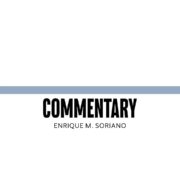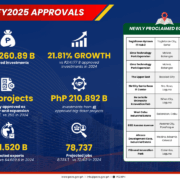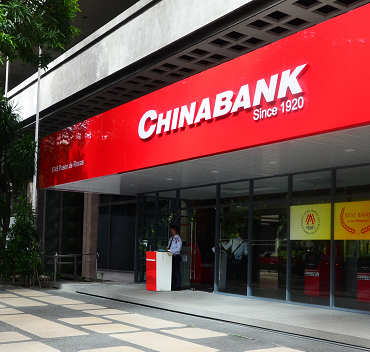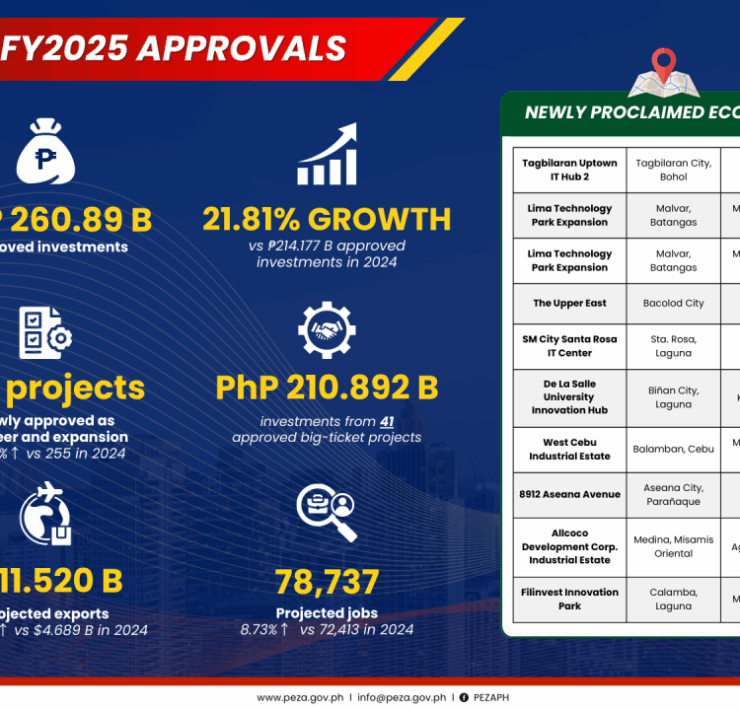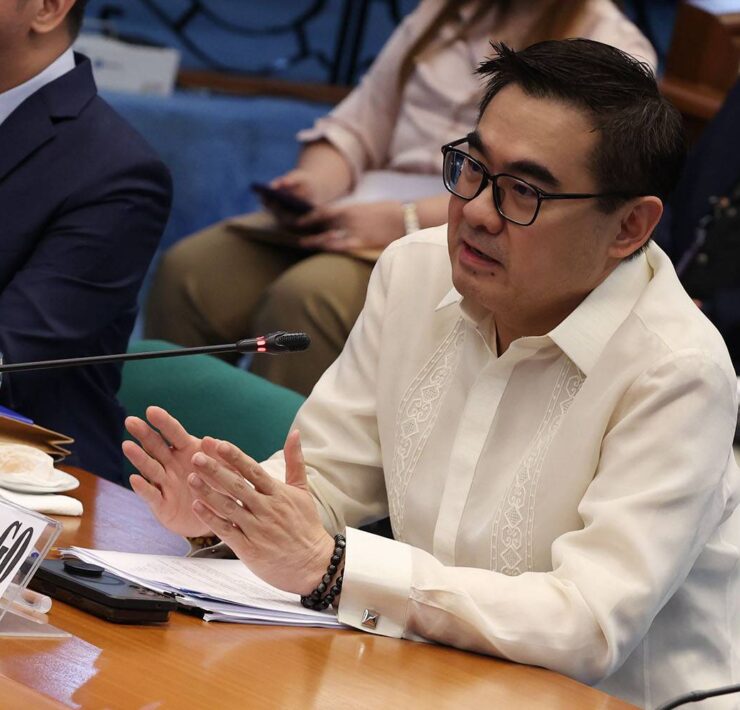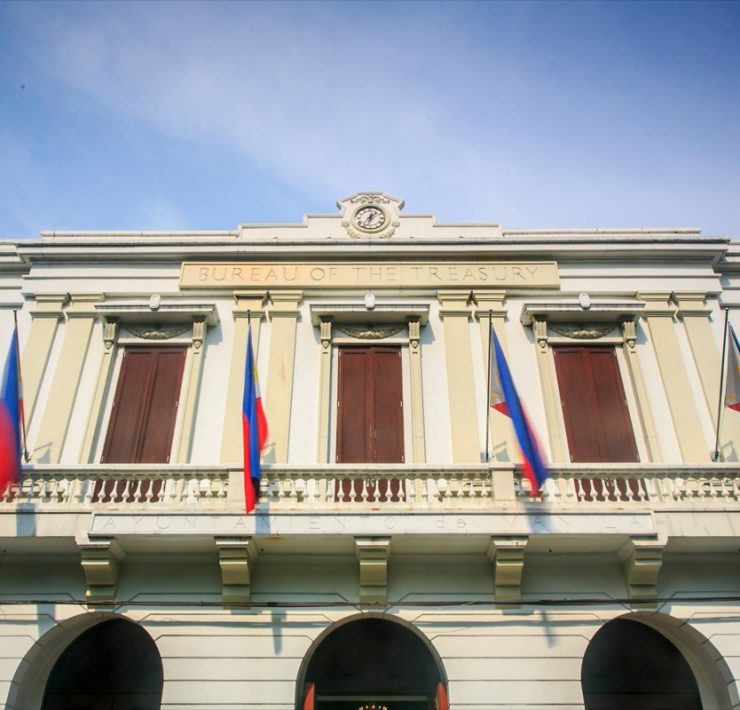BSP steps in to prop up peso
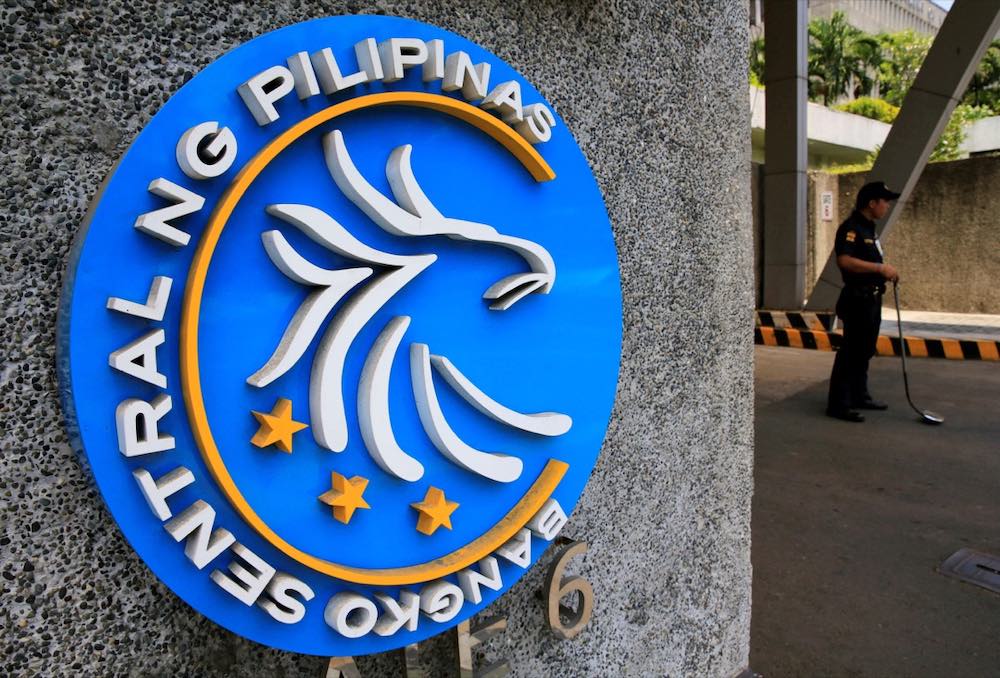
The Bangko Sentral ng Pilipinas has been dipping into the country’s dollar reserves “in small amounts” to temper the volatility in the foreign exchange market and prop up the weakening peso.
“We were active in small amounts—not to affect the value but to maintain orderly markets,” BSP Governor Eli Remolona Jr. told reporters in a chance interview on Monday, adding that the BSP would only intervene significantly “when there’s stress.”
“The peso’s movement so far is not stressed. We all know this is a case of a strong dollar as many other currencies have also weakened. So not very strong grounds for [significant] intervention,” he added.
A weak peso that has fallen to 17-month lows in recent weeks is one of the factors preventing the BSP from starting its easing cycle, as geopolitical risks and diverging outlook on rate cuts in the United States power up the greenback.
This is because a volatile peso could push up import costs and stoke inflation. The last time the BSP sold some dollars from the country’s reserves to prop up a falling peso was last year, when the currency touched the critical 57-level.
And the peso found itself back in that territory. In the last three weeks, the peso hovered above the revised foreign exchange assumption of the Marcos administration, which currently projects the peso to trade between 55 and 57 against the greenback this year.
For Robert Dan Roces, chief economist at Security Bank, it is hard to predict if the peso would fall to 58-per-dollar, adding that the BSP nevertheless appears to tolerate a slight currency weakness.
“The BSP intervenes in the FX market to curb volatility, not fix the peso rate. Governor Eli’s recent actions suggest minor adjustments,” Roces said.
“Predicting a peso slide to 58 is difficult as market sentiment and global conditions all play a role. The BSP will surely act to prevent drastic depreciation, but may tolerate a small slide,” he added.
Apart from foreign exchange interventions, the BSP’s anti-inflation rate hikes can also help support the peso by making domestic yields more attractive to investment inflows.
What Remolona made clear though is that the recent depreciation of the peso would unlikely trigger any policy actions from the BSP, which has so far kept its key rate unchanged at 6.5 percent, the tightest in 17 years. The Monetary Board, the highest policymaking body of the BSP, will meet on May 16 to decide on rates.
In the same interview on Monday, Remolona said the US Federal Reserve might cut rates “sooner” as the American job market begins to show signs of weakening due to tight financial conditions. This, in turn, could temper the dollar’s strength and ease the pressure on the peso.
“It looks like the FMOC (Federal Open Market Committee) would ease sooner. Geopolitical risks have also moderated so maybe the peso and other currencies would stabilize,” the BSP chief said.







